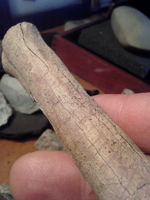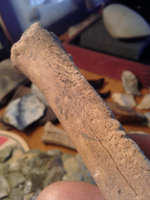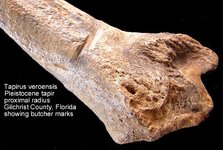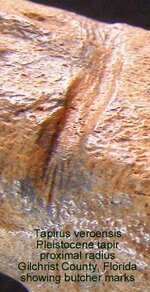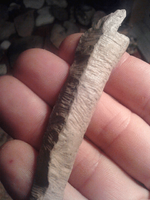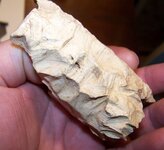BosnMate
Gold Member
- Sep 10, 2010
- 6,916
- 8,441
- Detector(s) used
- Whites MXT, Whites DFX, Whites 6000 Di Pro
- Primary Interest:
- Other
I was camped near Red Lodge, Montana, and took a side trip down to Cody to the Buffalo Bill Museum, and on display were some buffalo bones with cut marks on them, showing that the animal had been butchered for meat. Back at camp, a fellow had been digging a buffalo jump on a friends ranch, and he had bones and teeth for sale. I checked his bones with my newly gained knowledge, found cut marks just like at the museum and bought the bone for my collection. I think it's interesting, and I don't know if the cuts were with stone tools or a steel knife, but simply because the cuts are so fine, I'm opting for them being made by a trade knife, which would date the bone to the early 1800's.
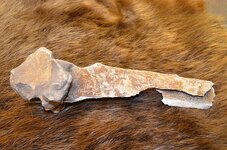
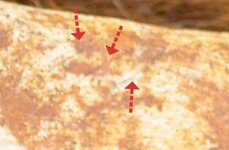


Upvote
0



